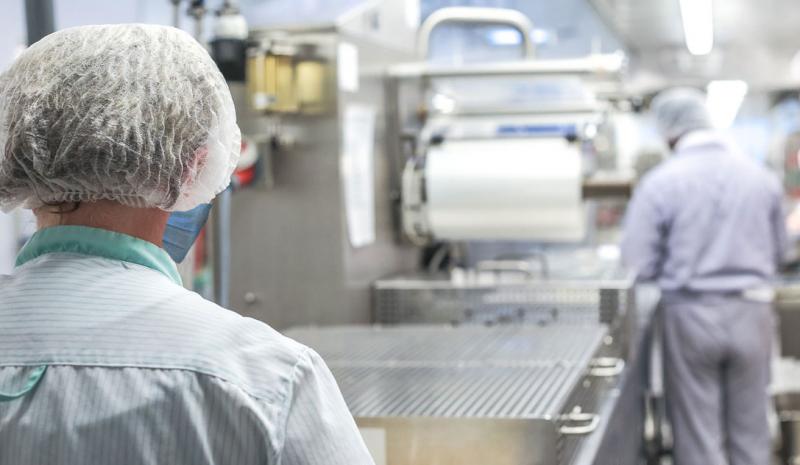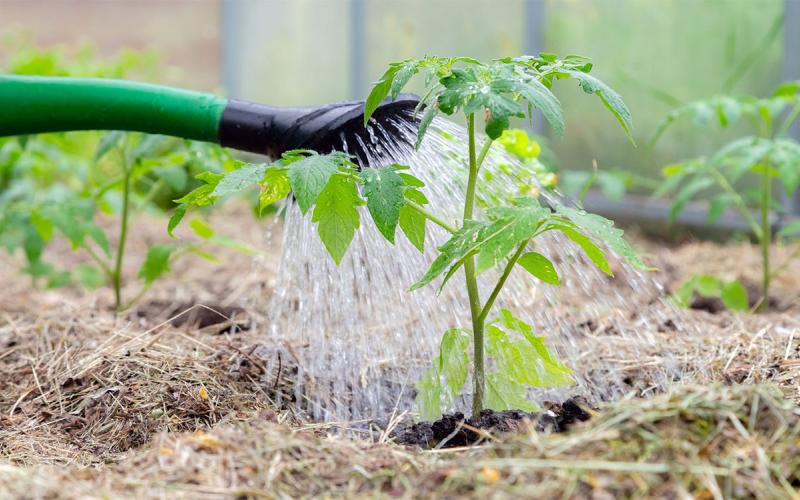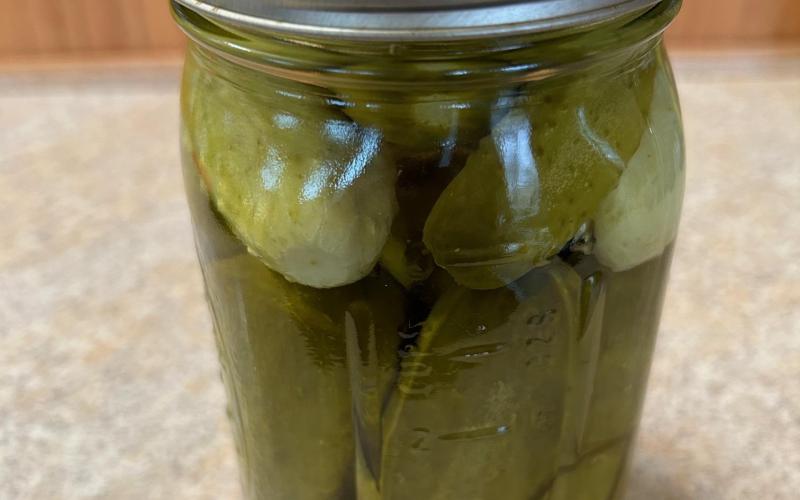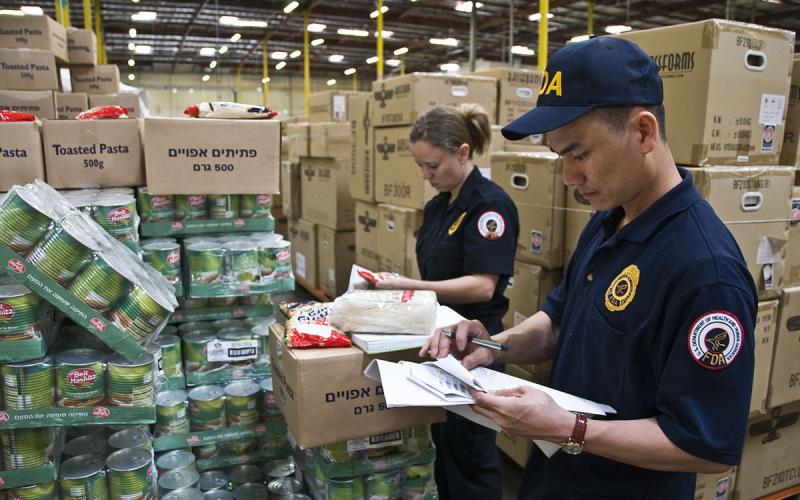
Many misconceptions have been brought up during the recent COVID-19 pandemic. These concerns have included questions ranging about symptoms, preventive measures, treatment, mortality rate, route of transmission, and many more.
Additionally, there was a recent number of confirmed cases that came from the Smithfield plant in Sioux Falls, which sparked the question on whether COVID-19 could be transmitted by food and whether they are at risk.
This article will provide the most up to date regulatory guidance that’s been published to date on the transmission of COVID-19 through food and am I at risk if I eat product that has been packaged or processed at a plant with known cases of COVID-19.
FDA and USDA Guidance on Transmission of Food
The Food and Drug Administration (FDA) has stated that there is currently no evidence of food or food packaging being associated with transmission of COVID-19. Unlike foodborne gastrointestinal (GI) viruses like norovirus and hepatits A that often make people ill through contaminated food, COVID-19, is a virus that causes respiratory illness. Foodborne exposure to this virus is not known to be a route of transmission. The virus is thought to spread mainly from person-to-person. This includes between people who are in close contact with one another (within about 6 feet), and through respiratory droplets produced when an infected person coughs or sneezes. These droplets can land in the mouths or noses of people who are nearby or possibly be inhaled into the lungs. It may be possible that a person can get COVID-19 by touching a surface or object that has the virus on it and then touching their mouth, nose, or possibly their eyes, but this is not thought to be the main way the virus spreads.
The USDA has also provided similar guidance where they are not aware of any data or reports to suggest that COVID-19 transmits food or food packaging. The USDA has also emphasized the importance of washing hands and surfaces often, when preparing foods as well as separating raw foods from other foods, cooking foods to the right temperature, and refrigerating foods promptly.
cGMPs
Food manufacturers are required to adhere to Good Manufacturing Practices (GMPs) as set forth by the Code of Federal Regulations. These GMPs are intended to ensure that food is manufactured in a safe environment and under sanitary conditions. Examples of some GMPs that are required to by law to address personnel hygiene and infectious disease include the following:
- Disease control. Any person who, by medical examination or supervisory observation, is shown to have, or appears to have, an illness, open lesion, including boils, sores, or infected wounds, or any other abnormal source of microbial contamination by which there is a reasonable possibility of food, food-contact surfaces, or food-packaging materials becoming contaminated, must be excluded from any operations which may be expected to result in such contamination until the condition is corrected, unless conditions such as open lesions, boils, and infected wounds are adequately covered (e.g., by an impermeable cover). Personnel must be instructed to report such health conditions to their supervisors.
- Cleanliness. All persons working in direct contact with food, food-contact surfaces, and food-packaging materials must conform to hygienic practices while on duty to the extent necessary to protect against allergen cross-contact and against contamination of food. The methods for maintaining cleanliness include:
- Wearing outer garments suitable to the operation in a manner that protects against allergen cross-contact and against the contamination of food, food-contact surfaces, or food-packaging materials.
- Maintaining adequate personal cleanliness.
- Washing hands thoroughly (and sanitizing if necessary, to protect against contamination with undesirable microorganisms) in an adequate hand-washing facility before starting work, after each absence from the work station, and at any other time when the hands may have become soiled or contaminated.
- Taking any other necessary precautions to protect against allergen cross-contact and against contamination of food, food-contact surfaces, or food-packaging materials with microorganisms or foreign substances (including perspiration, hair, cosmetics, tobacco, chemicals, and medicines applied to the skin).
In addition to these GMPs, food manufacturers have also been working on maintaining social distancing as much as possible in the production environment. Manufacturers have taken steps to prevent the spread of COVID-19 by adhering to these regulations and putting additional controls in place on top of the mandated GMPs. Additionally, the CDC has provided guidance to the food manufacturers on advised protocols if an employee/visitor/customer tests positive for COVID-19 in the publication, Food Industry Recommended Protocols When Employee/Visitor/Customer Tests Positive for COVID-19.
Sanitation
Aside from the stringent GMP regulations, USDA plants are required to be compliant with Sanitary Operation standards. These regulations set forth regulations on how frequently food contact surfaces and equipment must be sanitized as well as ensuring that there are proper cleaning, sanitizing and pre-operation inspection procedures in place to prevent microbiological contamination. These standardized procedures for cleaning, sanitizing, and inspection are required by regulation to be documented and effective in cleaning the food contact and food environment. FDA plants also have sanitary operation requirements they must adhere to as well.
Summary
The guidance provided by the FDA and USDA suggests that COVID-19 is not transmissible via food. In addition to this, the consumer can have added confidence in eating food made at a manufacturing plant knowing that the plant is required to adhere to strict GMPs and sanitation programs that are designed to limit the spread of microbial contamination.
References
- Sanitation Performance Standards Compliance Guide, USDA Food Safety and Inspection Service.
- Food Industry Recommended Protocols When Employee/Visitor/Customer Tests Positive for COVID-19, CDC Guidance.
- Food Safety and the Coronavirus Disease 2019 (COVID-19), U.S. Food & Drug Administration.
- Coronavirus Disease (COVID-19), USDA Resources.


